Why Running Compression Socks Matter for Brands
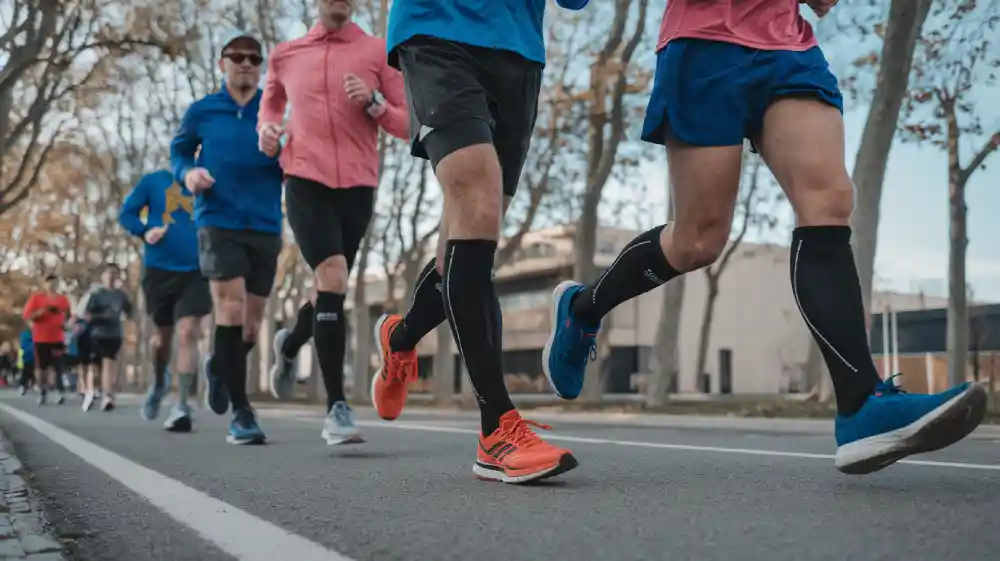
Running compression socks have transitioned from a niche medical product to a mainstream essential for athletes, wellness enthusiasts, and everyday consumers. For brands, this shift represents a timely opportunity: adding custom running compression socks to your product line can help you expand into the performance and recovery market, strengthen your brand identity, and meet the rising demand for functional fitness accessories.
Unlike bulky products, compression socks are lightweight, repeat-purchase items that deliver strong margins and work well across multiple sales channels. By positioning running compression socks as both a performance enhancer and a recovery tool, brands can engage diverse customer groups—from marathon runners to office workers who spend long hours on their feet.
What Are Compression Socks for Running?
Running compression socks use graduated compression technology—tighter at the ankle, looser toward the calf—to support circulation, reduce muscle fatigue, and aid recovery.
👉 For a detailed explanation of how compression works and why it matters for runners, check out our guide on how running compression socks work.
Running Compression Socks Market: Growth & Demand Signals
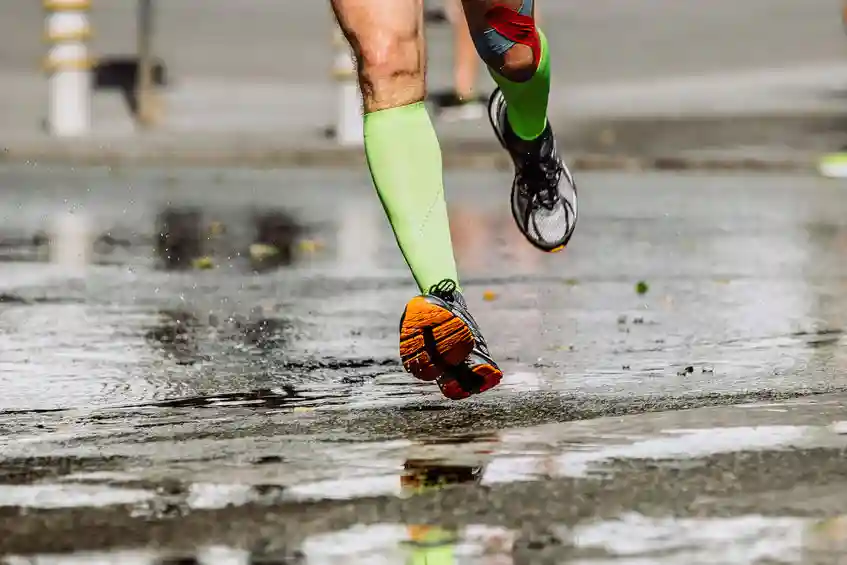
The running compression socks market is showing strong growth, fueled by expanding interest in fitness, recovery, and functional wellness.
- Market Expansion:
- One report estimates the global compression socks market was valued at approximately $690.7 million in 2023 and is projected to reach $1.09 billion by the end of 2033, growing at a CAGR of 4.7%.
- A broader forecast puts the total at $1.2 billion in 2024, rising to $1.64 billion by 2033, with a 3.5% CAGR.
- Other sources, taking a more optimistic view, project growth from $2.5 billion in 2023 to $4.9 billion by 2032, at a 7.3% CAGR. Fairfield Market Research+11Dataintelo+11Verified Market Reports+11
- Broader Consumer Base:
The appeal of running compression socks now reaches far beyond runners. Frequent travelers, healthcare professionals, office workers, and even fashion-conscious millennials are embracing them for wellness and comfort benefits. - Wellness Awareness and Innovation:
Functional apparel is in high demand—consumers expect more than style. They want performance benefits baked into everyday wear. The rise of recovery-focused sportswear and innovation in fabrics reflect this shift.
For brands, these trends signal opportunity: running compression socks shouldn’t be seen as niche gear but as a versatile gateway into the broader, growing wellness and recovery category. This market’s expanding value and diverse consumer segments make it a strategic product line extension.
Customer Pain Points: How Compression Socks Solve Common Running Problems
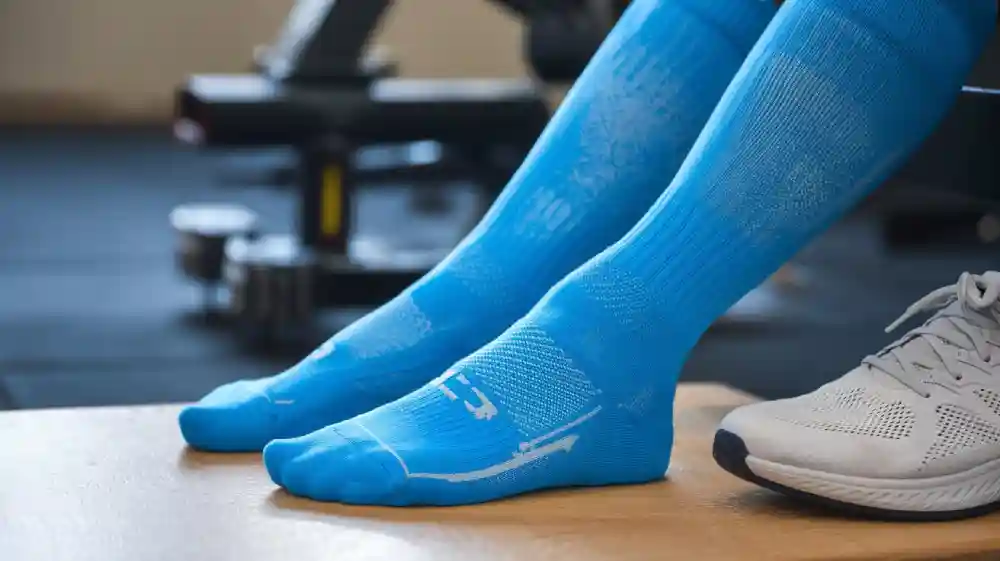
Compression socks provide effective solutions to several common challenges that runners face, making them a valuable addition to any runner’s gear.
- Long-distance running: Compression helps reduce muscle fatigue and discomfort during extended runs, supporting muscle alignment and preventing unnecessary stretching.
- Circulation issues and swelling: By applying graduated pressure, compression socks improve circulation and prevent fluid retention, helping to keep legs energized and reduce swelling.
- Continuous Relief: Compression provides steady support throughout the run, helping to manage muscle fatigue and soreness consistently.
Applicable people and contraindications
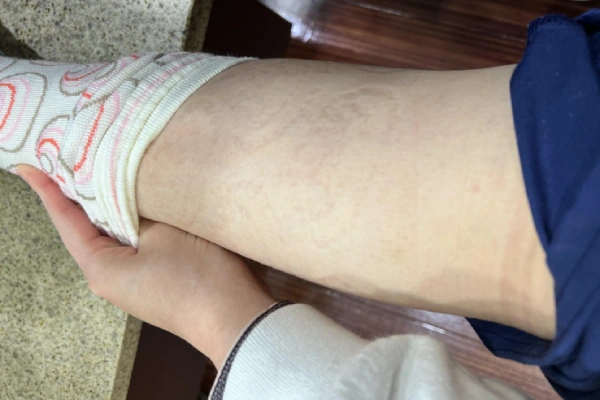
Compression socks can benefit a wide range of runners, but they may not be suitable for everyone. Those with certain health conditions such as severe cardiovascular problems, skin infections, or uncontrolled diabetes should consult with a healthcare professional before using compression products. Compression may not be recommended for individuals with open wounds or extreme swelling, as it could exacerbate these issues. It’s essential for runners to be mindful of their personal health conditions when choosing compression gear.
How to Choose the Right Compression Socks for Your Customers
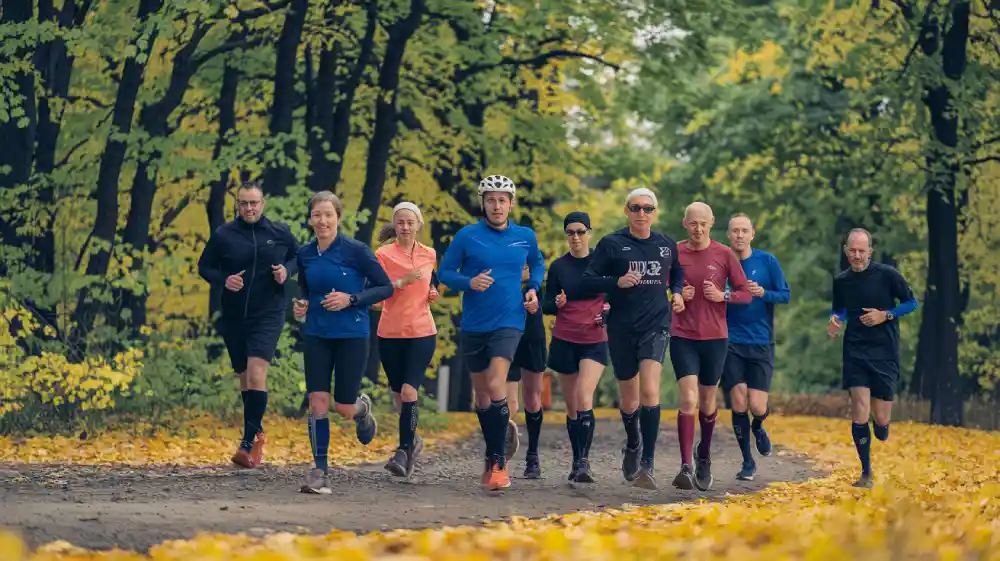
Choosing the right compression socks for runners is essential for delivering comfort and performance. With a variety of options on the market, it’s important to guide customers through the selection process to ensure they find the perfect fit.
- Avoid Medical-Grade Socks: Sports-specific compression socks are designed for active use and offer the right level of support without being too restrictive. Medical-grade socks, which have higher compression, are not suitable for athletic
- Breathable, sweat-absorbent fabrics: For runners, these fabrics help to regulate temperature by allowing sweat to evaporate, keeping feet dry and reducing the risk of blisters. This is particularly important during long runs or intense workouts, where moisture buildup can lead to discomfort or skin irritation.
- Compression level: Compression socks come in varying levels of pressure, typically measured in mmHg (millimeters of mercury). For customers new to compression, suggest starting with a moderate compression level, as it provides sufficient support without feeling overwhelming. For athletes who need additional support during intense training or recovery, higher compression levels may be beneficial.
- Different foot shapes: Each runner has unique needs based on foot shape and style of running. For example, customers with narrower feet may require compression socks that have more flexibility or a snugger fit around the foot.
Customization Opportunities: How Brands Can Offer Unique Compression Socks for Runners
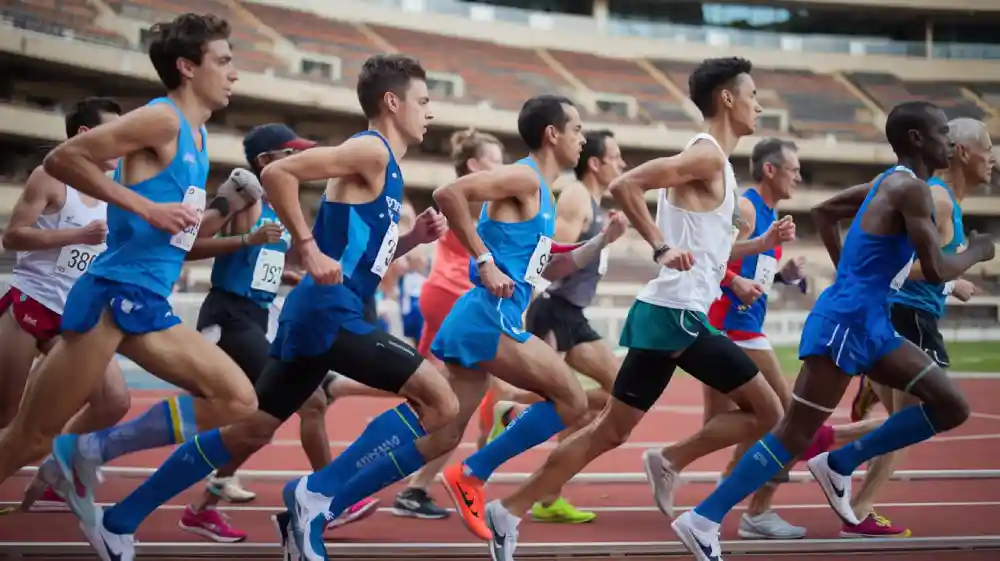
Customization in compression socks offers brands the chance to deliver tailored products that meet the specific needs of different customers. From the materials used to design choices, these socks can be fine-tuned to deliver superior comfort, performance, and brand recognition.
Custom Materials for Optimal Performance
Compression socks are made from a variety of materials to suit different purposes. For active runners, choosing elastic, breathable, and moisture-wicking fabrics such as nylon, spandex, and Coolmax is key to ensuring comfort during intense workouts. For medical applications or everyday use, materials like wool, bamboo fiber, and antimicrobial fabrics offer additional comfort and skin protection. Customizing the material based on the runner’s needs—whether for high-intensity activity or long-term wear—ensures the socks perform as expected and offer maximum comfort.
Determining the Right Compression Level
Choosing the right compression level is crucial for ensuring that socks meet specific user needs. For runners, moderate compression (15-20mmHg) helps provide muscle support and stability without restricting movement. For those recovering from surgery or suffering from circulation issues, higher compression (30-40mmHg) may be required. Offering a range of compression levels allows brands to cater to both athletes looking for performance enhancement and customers seeking therapeutic benefits.
Custom Design and Branding for a Unique Identity
Branding and design are powerful tools for differentiation. Compression socks can be fully customized with unique colors, patterns, and logos to align with a brand’s identity. Offering custom designs ensures that the product not only serves a functional purpose but also resonates with the target market. This is particularly important for teams, running clubs, and corporate buyers, who may seek products that reflect their image. Brands can provide mockup models to help visualize the final design, making it easier to bring creative ideas to life.
Packaging Solutions to Enhance Brand Perception
The right packaging not only protects the product but also plays a key role in brand image. Custom packaging solutions, such as boxes or bags, can be designed to reflect the brand’s style and attract customers. Packaging can be tailored to the type of socks being sold (e.g., knee-high, thigh-high, or compression stockings) and the intended retail environment (online, retail, or wholesale). Including a branded logo and unique design elements on the packaging strengthens the product’s market appeal and reinforces brand recognition.
Factors Influencing Pricing
The price of customized compression socks is influenced by several factors, including material selection, needle count, and added features like cushioned soles or seamless toes. Premium materials like Coolmax or Lycra increase the cost but offer greater durability and comfort. Additionally, higher needle counts provide finer details in the design but also raise the price. Understanding these elements helps brands balance quality and cost while meeting customer expectations for both performance and affordability.
Quality Assurance for Consistent Results
Maintaining high quality is essential to creating a successful product. Every stage of production, from sourcing raw materials to final inspections, should be tightly controlled to ensure consistency and durability. Using AQL (Acceptable Quality Level) standards during inspections guarantees that each pair of compression socks meets international quality requirements, ensuring that customers receive a reliable and high-performance product.
FAQs
Can running compression socks be marketed outside the sports category?
Yes. Many consumers buy compression socks for long flights, standing work shifts, or general leg fatigue relief. Positioning them as a wellness or lifestyle product allows brands to tap into broader health markets, beyond sports and fitness.
How do running compression socks support injury prevention?
By applying graduated pressure, compression socks stabilize calf muscles and reduce vibration, which lowers the risk of shin splints and strains. Improved circulation also minimizes swelling and cramps, making them valuable for both performance and post-run recovery.
Who are the main consumers of running compression socks?
Besides runners, frequent travelers, office workers, and healthcare professionals are major buyers. This wider audience allows brands to position running compression socks as both athletic gear and everyday wellness products, expanding sales potential across multiple markets.
How can brands ensure quality in running compression socks?
Quality depends on accurate compression, durable materials, and consistent production. Trusted suppliers provide compression testing, certified fabrics, and samples before bulk runs. Following recognized inspection standards, such as AQL, helps minimize defects and ensures reliable results across multiple orders, building long-term customer trust.
Can running compression socks be customized with logos and colors?
- Logos & Team Branding: Perfect for clubs, gyms, or race events.
- Color Variations: Seasonal or limited-edition runs to boost demand.
- Patterns & Graphics: Distinctive designs to stand out from competitors.
- Packaging Customization: Eco-friendly boxes or branded pouches enhance the unboxing experience.
Conclusion
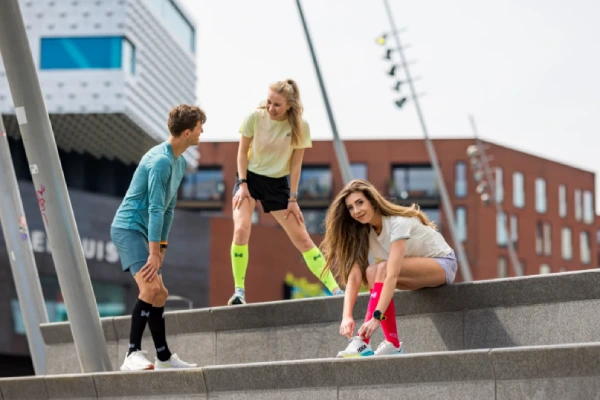
In today’s competitive market, custom compression socks are an essential product for brands looking to meet the needs of runners. By offering tailored solutions in terms of materials, compression levels, design, and packaging, brands can cater to a wide range of customer preferences and performance requirements. Whether it’s enhancing endurance, reducing muscle fatigue, or speeding up recovery, compression socks provide significant benefits for athletes. By partnering with a reliable manufacturer, brands can ensure consistent quality, timely delivery, and the ability to create bespoke products that stand out in the market.
If you’re ready to take your brand’s product offerings to the next level, partner with us to create custom compression socks for runners. Let’s work together to provide your customers with high-performance, personalized solutions that they’ll love.
